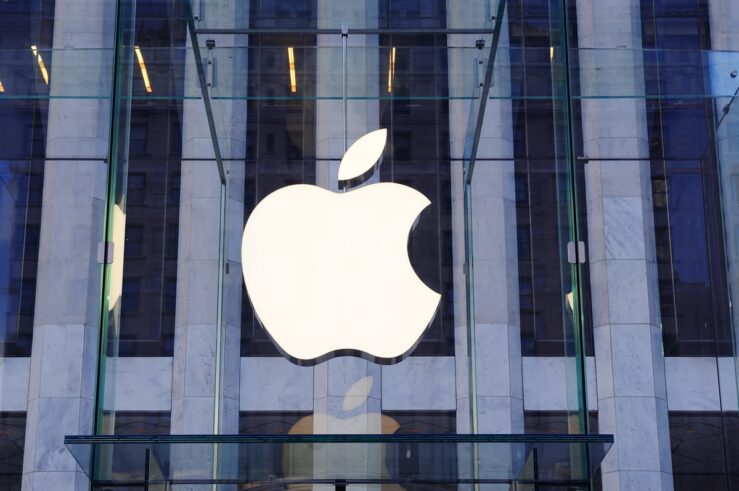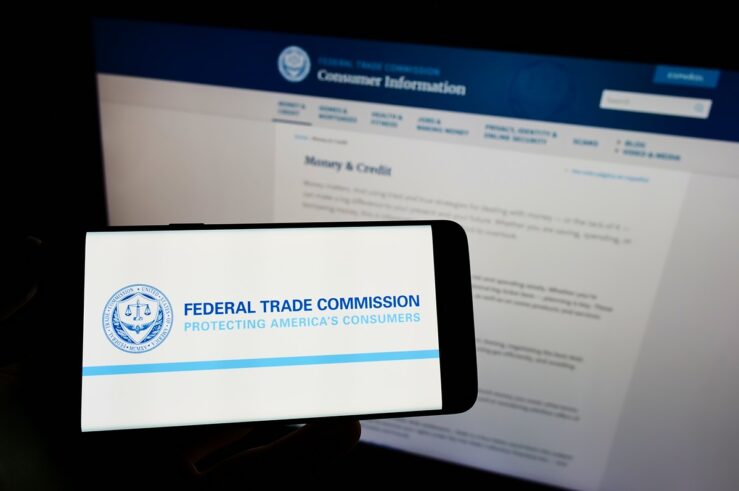Let me add on a few brief observations on the Intel settlement to Dan’s earlier comments, with which I largely agree. There is a lot to say about the settlement: the predatory design aspects, Section 5, the (I found) quite odd self-congratulatory settlement press conference and webcast, and of course, what the settlement means for consumers. I’m very interested in all of these issues, but perhaps none is more important than the last. We cannot simply assume that the settlement equates to a victory for consumers. Readers of this blog will be very familiar with the argument that merely counting cases, or agency activity, and of course settlements, are not reliable measures of the quality of agency performance or meaningful from a consumer welfare perspective. But problems with this case make that warning especially appropriate here. Thus, before delving into some first reactions based on language in the settlement over the days and maybe weeks to come, some perspective is in order.
When evaluating the FTC settlement is good for consumers, or reading triumphant FTC claims or press coverage along these lines, or the American Antitrust Institute press release that should come out any second now, I want you to think about these three pictures (taken from my analysis of the Intel complaint):
The first is a picture of AMD’s financial performance over the relevant time period when Intel was engaged in the allegedly anticompetitive conduct. Remember, the exclusion theory is that Intel’s discount contracts raised AMD’s costs of distribution, which would ultimately lead to harm to consumers. The big advantage of monopolization cases from an economic perspective, relative to mergers where the analysis is inherently predictive, is that the disputed conduct has been in the marketplace for some period of time and left its competitive fingerprints. In this case, the conduct in the complaint had been in the marketplace for about a decade. That seems long enough. So — lets take a look at AMD’s sales and operating income:
While the data are not dispositive, they are informative and certainly should give some pause to those who are eager to accept the Commission’s theory. But forget about AMD, what about Intel’s performance during the relevant time period. Again, the theory is that during this ten year stretch, Intel’s contracts increased barriers to entry and allowed it to increase its monopoly power to the detriment of consumers. One place to look for evidence in support of that story is Intel’s financial performance. Again from the paper — here’s a picture of Intel’s cumulative abnormal returns plotted over time. Its not a full event study — and you can download the paper for the relevant details, but just look at the picture and try to find evidence supporting the hypothesis that Intel was earning abnormal returns from its distribution strategy (if you look really hard, there is a trend line and an equation that will give you the answer in short order):
Finally — well, this one doesn’t really require any explanation:
More to follow. Now, I’m not arguing that these three pictures are sufficient to conclude with certainty that Intel’s conduct was pr0-competitive and that the FTC settlement will chill competition and harm consumers. Though I believe both of these to be true (and I make a more detailed case in the paper linked above). But certainly, the facts on the ground should give one pause on the issue of whether the settlement is going to help or harm consumers at the end of the day. That analysis will require looking not only at the settlement itself, which I intend to do in posts to come, but also some real world data on how the market was working for participants and consumers during the relevant time frame. So lets start there for now.







